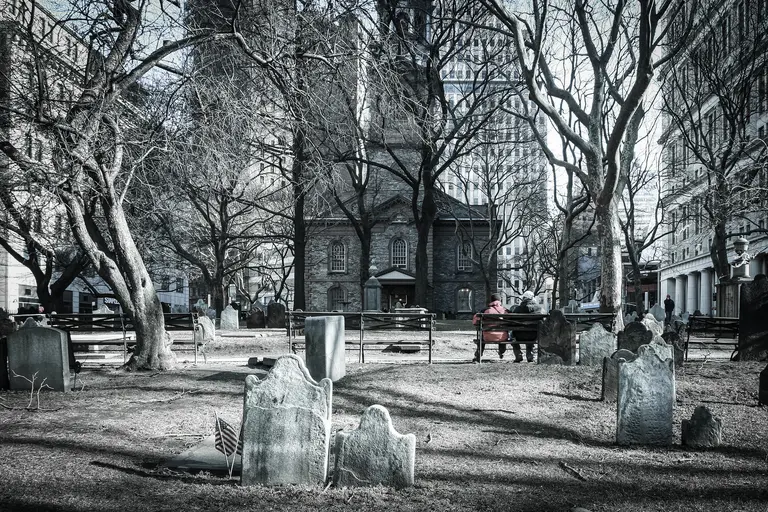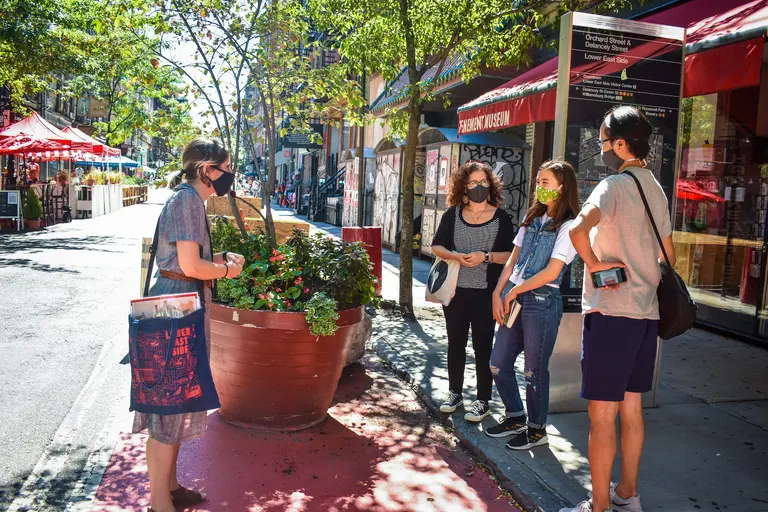Tenement Museum reopens historic building after $7M restoration
LEARN MORE ABOUT THE RESTORATION PROJECT

St. Paul’s Chapel via Flickr cc

A young Tenement Museum member was treated to an advance tour after starting her own fundraising for the museum and raising $1,000. Photo by Gemma Solomons
Ever since architects James Ramsey and Dan Barasch announced their plan to turn a forgotten trolley terminal below Delancey Street into an underground park, design enthusiasts, urban planners, locals, celebs, and, well, just about everyone who’s caught wind of it has been waiting in anticipation for what’s to come. The push to make this cool concept […]